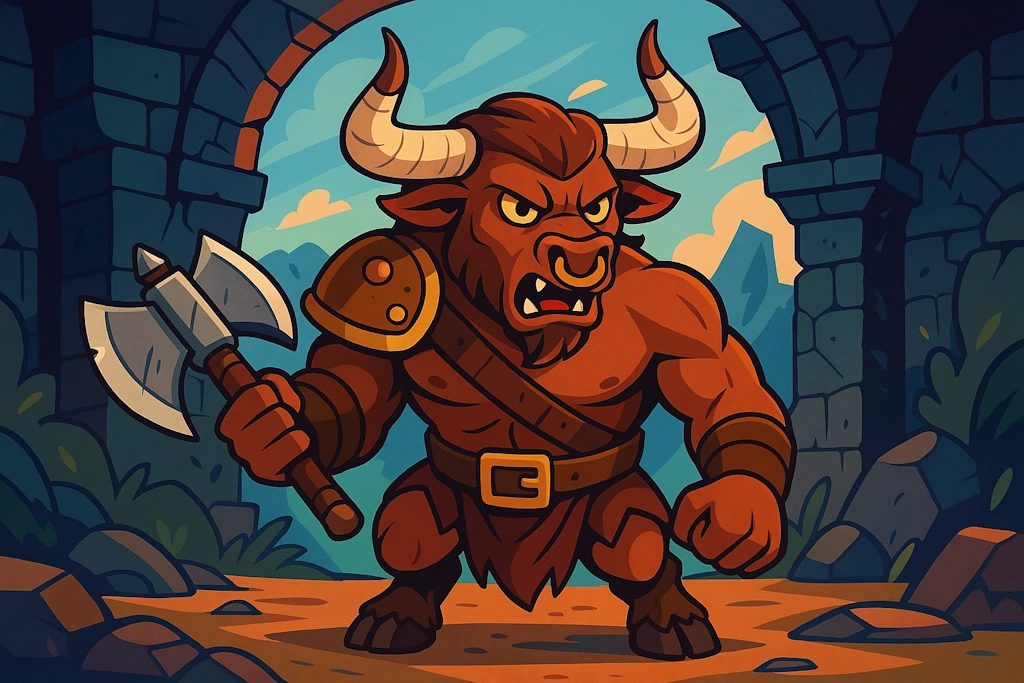♀️Minotaurs Names(Female)
Generate names for bull-headed humanoids from Greek mythology known for their strength and labyrinths.
Choose your style:

Minotaurs Names
Generate names for bull-headed humanoids from Greek mythology known for their strength and labyrinths.
Featured Collection
Want more mythical creatures content?
Generate 6 more themed items together in one click
Example Minotaurs Names
Get inspired by these sample results
- Asterion the Maze-born
- Tauros the Mighty
- Knossos the Ancient
- Thara the Fierce
- Minas the Swift
- Kera the Noble
- Axius the Proud
- Meandra the Wise
- Astara the Strong
- Labyra the Ancient

